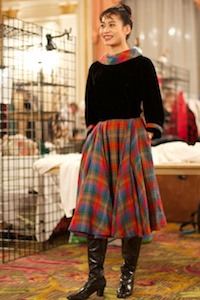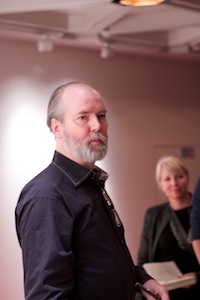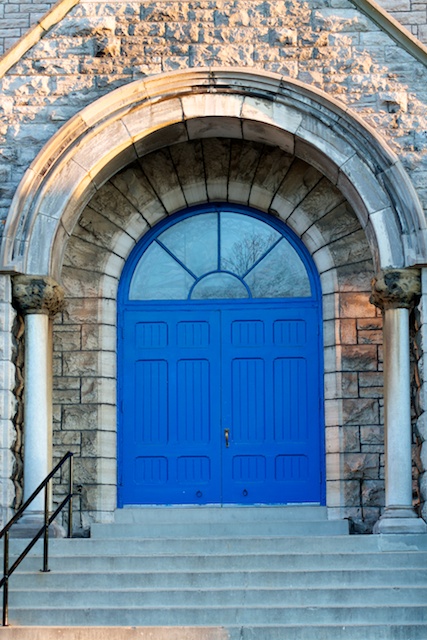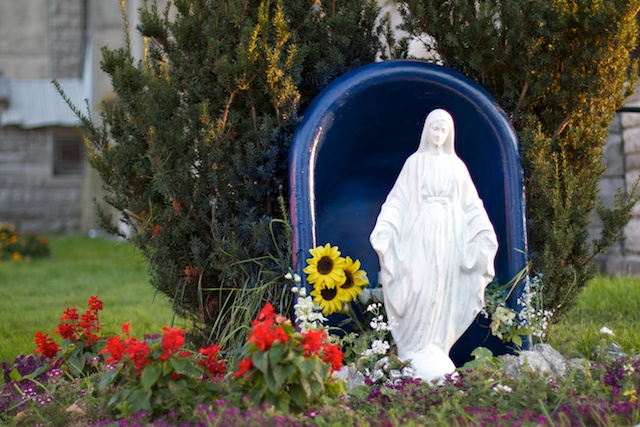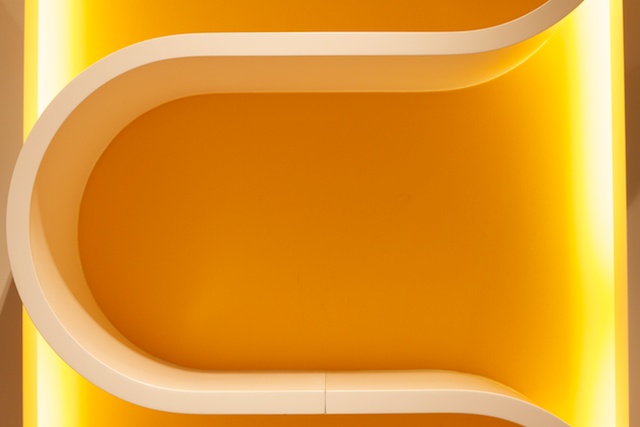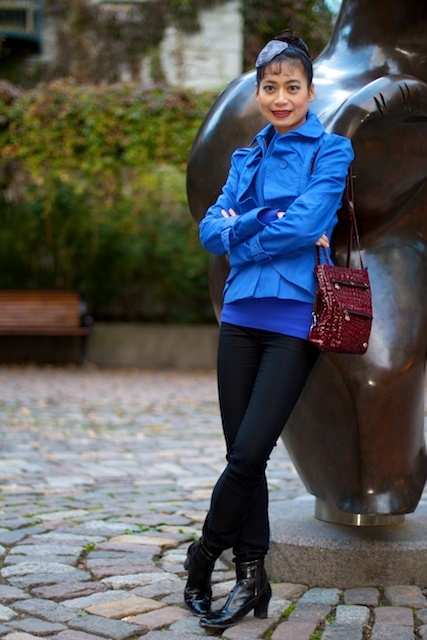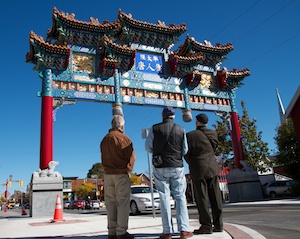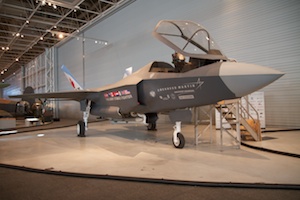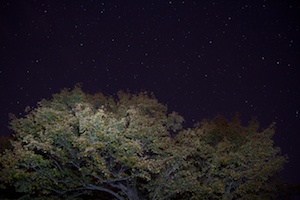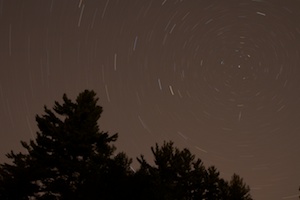Today, I had the pleasure of spending almost the entire day taking
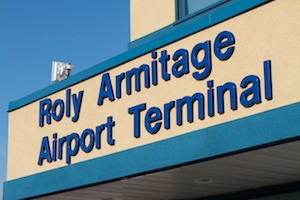
photographs.
The day started early with a photoshoot organized by Hagen Hohn (graduate of Harry Nowell’s Professional Photography Program) through the BMW Car Club of Ottawa. It was at the Carp Airport. Hagen started with a 30-minute overview of the techniques, issues, tips and theory of photography, leaning towards the information necessary for taking picture of cars. This was one of my objectives I set last year.
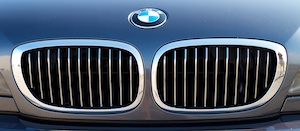
My car, sadly, was quite dirty and I didn’t have enough time last night to clean it up. I tried to wipe off some of the grime with a cup of water and a paper towel, but that only seemed to smear the dirty around. I had to choose angles that would not show the dust around the wheels and lower bodywork. I also have the winter tires mounted, so my BMW is not as photogenic as I would like.
As the morning progressed, the representative from the Carp Airport opened one of the hangers so that we could take pictures of BMWs posed with an airplane. He was looking to get some shots he can use for his own promotional materials.
At noon, I had to leave and go to my next location, the Les Petits Ballets studio in Bell’s Corners. I was asked to take some photos of the rehearsals for the upcoming Beauty and the Beast performance (Dec 11th at Centrepointe Theatre).
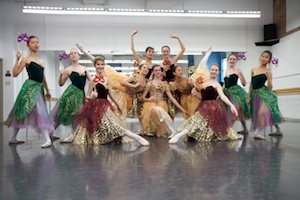
These photos were a little better than some I have taken at the same location in the past. I still have lots of room to improve. This was yet another photo objective from last year.
I personally find it hard to get a good shot in the studio in the Nepean Creative Arts Centre. The walls are a mishmash of colours (white walls, red bricks, with blue doors), distracting objects (bright mustard coloured exercise balls) and all of the emergency lights and exit signs are just above the heads of the girls. There is also no good place to stand back to get a better perspective, especially when the room is full for the rehearsals.
The photos will be used in articles for the local community newspapers.
After the studio work, I went for a nature walk around the Nepean Equestrian Park. The weather was so nice, so I wanted to soak up as much Vitamin D as I could before winter. I used my iPhone and AMOD AGL3080 Phototracker to record how far I walked (it was 5.5km).
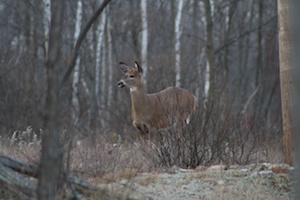
I started at the former Nortel campus. In the paths around the campus leading to the Equestrian Park, I came across a deer. I put on my zoom lens and tried to stalk closer. However, the dry leaves on the ground put the kibosh on that – the deer could hear me a mile away.
I continued along the paths and looped around the park. I saw many more deer, but none that I could get a good shot – there was often a tree or fence in the way.
In one open field in the park, I stopped and watched 7 deer and three wild turkeys.
By the time I made it back to the Corkstown Road, my knees were hurting, so I ambled back to my car.
In the evening, we had a nice gathering with friends to celebrate Rosa’s birthday.

